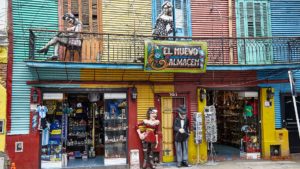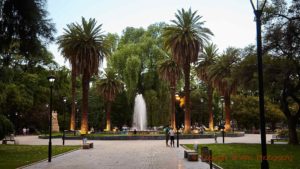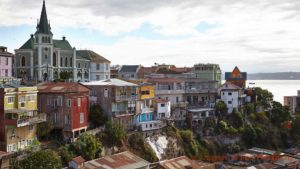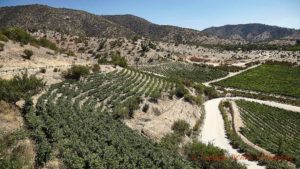Argentina is a country that has lived through many ups and downs. In spite of all turbulence it has a very active wine industry and the country ranks as the world’s seventh biggest producer. The by far biggest and most important wine region is Mendoza, where the BKWine wine tour began in Argentina after having crossed the impressive Andes mountain range. Guest writer Kathy Merchant tells the story in the Part 2 of the articles on the Chile-Argentina wine tour.
If the phrase “Argentine paradox” had not already been coined to describe the country’s tumultuous economic and political history, I would certainly want to lay claim to it. It is essential to grasp the broad outlines of recent history as context for understanding what’s happening today in the Argentine wine industry. The schisms are wide and volatile – dramatic shifts over many decades from abundance to scarcity, prosperity to poverty, growth to recession, democratic advance to military coup d’etat. It’s a minor miracle that a wine industry even exists!
This is a guest article written by wine writer Kathy Merchant of www.vinoventurescincinnati.com.
Part 1 on Chile can be found here.
Economic Volatility and Political Instability
Argentina’s first constitution was created in 1853. Five years later Argentina was unified as country. For the next 140 years, until 1995 when a president and vice president were first directly elected by voters, more than twenty “indirect elections” were decided by electoral college, not by popular vote, bordering on (and at times outright) dictatorship and election fraud. I find this pattern especially interesting on the heels of “super Tuesday” as March primaries unfold in the United States, and as the nuances of candidate popularity vs. delegate votes command headlines every day. (Ed. note: The article was written shortly after the beginning of the presidential race in the US in February 2016.)
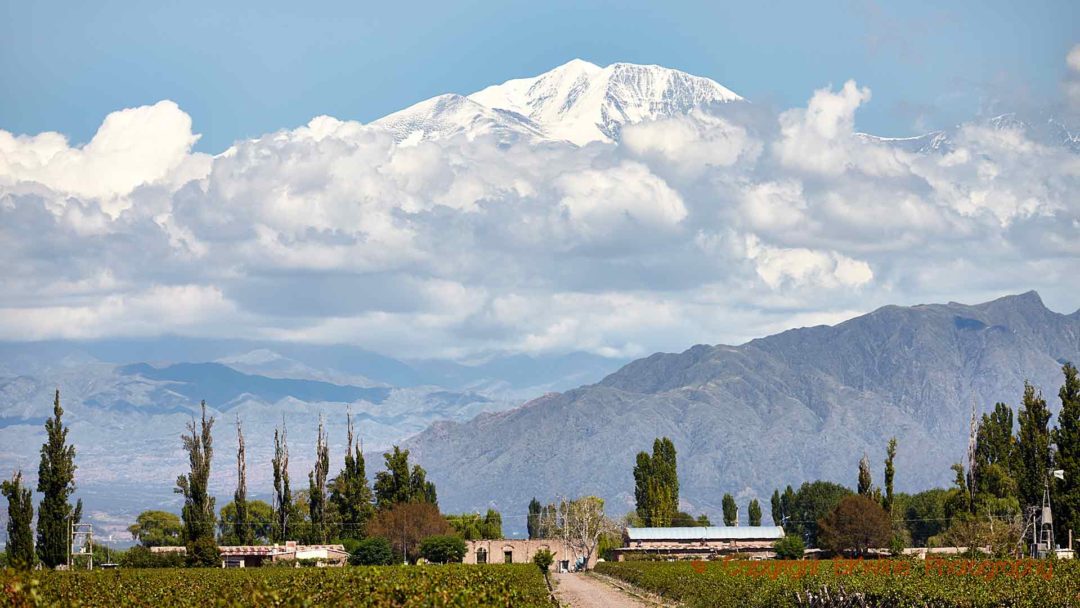
Stepping back in time to the 1930s depression era, Argentina dove headlong into persistent economic decline. A wild ride of inflation ensued, including six recessionary defaults, most recently in 2014. Inflation was chronic and volatile from 1976 into the late 1980s, culminating in a staggering peak of 20,000% in the early 1990s. It was reined in and stabilized for a brief period by pegging the Argentine peso to the US dollar. Although this monetary policy was eliminated after a few years, and annual inflation more or less stabilized at an average of 10%, in 2015 it began to change almost daily and spiked as high as 27%.
Women were not permitted to vote until 1951, a privilege granted during the first term of Juan Domingo Perón (who served twice as president, 1946-55 and 1973-74 until his death). There were five military takeovers during a 50-year period, the most recent coup ending in 1983. In an interesting turnabout, the 1853 constitution was then reinstated, which led to more waves of economic and political instability.
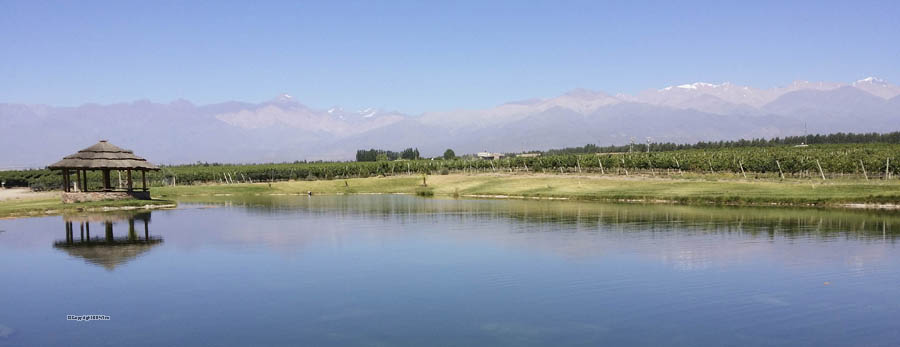
Despite all of this drama, today Argentina is quite remarkably the fifth largest wine producer and the eighth largest consumer of wine. According to a March 2015 USDA foreign agriculture report, there are 1,250 registered wineries and approximately 4,000 labels in Argentina. In 2014, Argentina exported more than 2,300 brands to over 100 countries. United States, Canada and the UK top the consumer list. Although figures vary somewhat by source, it is estimated that Argentina exports 15-30% of total production. The six largest wineries –including big brands Catena Zapata, Alamos, Norton and Trapiche – account for 70 percent of the market.
Q: “How do you make a small fortune in the wine business?”
A: “Start with a big one!”
The pioneers who developed wineries in this context have been true visionaries, able to see far beyond the hurdles faced at every turn, focused on embracing the beauty and opportunity of the land. But the owners of most of the wineries we visited on the Argentina segment of our two-week South American BKWine Wine Tour were not only visionary, they started with clear economic advantage: a labor of love launched by people who have been successful in other industries (or the wine industry in other countries).
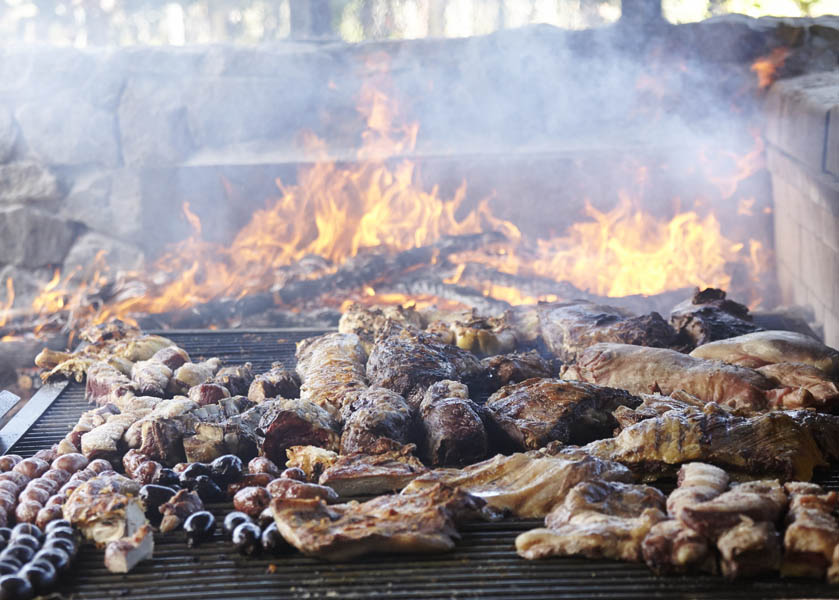
Alpamanta, Luján de Cuyo – Biodynamic Farming
An Austrian and Dane of Ukrainian descent, Alpamanta CEO Andrej Razumovsky emigrated to Argentina in 2000 after a career working for multi-national companies in Europe, Russia and Latin America. He is descended from an 18th century Moldavian winegrower family, as is his business partner and cousin André Hoffman. The winery was established in 2005 by Razumovsky, cousin André, and their French friend Jérémie Delecourt. Alpamanta is one of seven certified biodynamic wineries in Argentina.
General manager Rocio Martin Bravo and biodynamics educator Emilie Giraud treated our group to animated walking tours among the fields and colonies of ants that inhabit every square inch of vineyard walkways. Our lessons in “dynamizing homeopathic preparations” invoked inspiring visions of Rudolph Steiner’s cosmos.
On a sweltering day that reached nearly 100°F (38° C), our asado comida (charcoal-fired mixed grill lunch) hosted by the winery was quickly moved into the cool shade of a covered portico. Our (by now) traditional lunch included amazing empanadas, sliced tomatoes, roasted potatoes, a bit of green salad, blood sausages and chorizo, and a selection of grilled pork and beef followed by dessert (with dulce de leche almost always incorporated in some manner). Alpamanta makes three ranges of wines: Natal (basic), Estate and Reserva.
The text continues below the images!
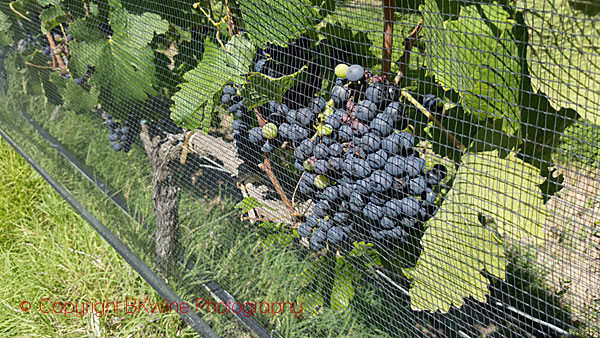
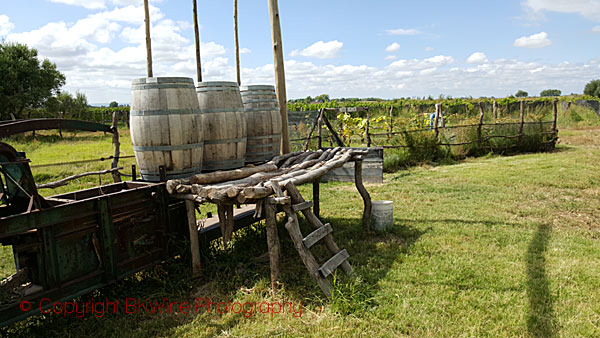
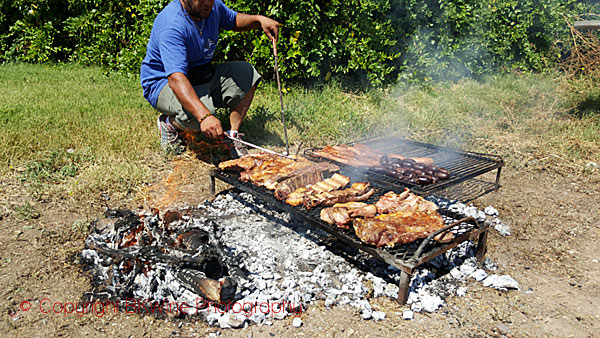
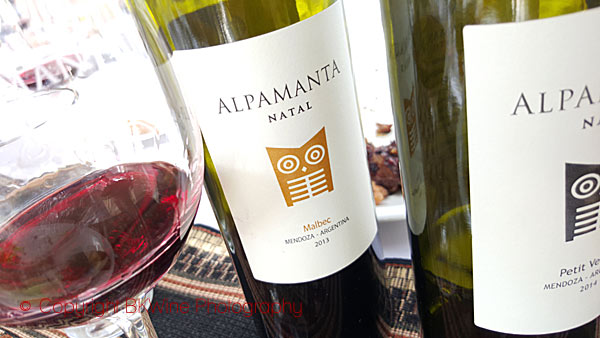
Mendel, Luján de Cuyo – Conventional Farming
A member of an “established Argentine family,” Anabelle Sielecki is the winery’s proprietor. The winery is named for her father, Mendel, who had been a successful businessman in several different industries. She tapped prestigious Argentinian winemaker Roberto de la Mota to be her partner in developing the winery. Although the winery is relatively new, purchased from a previous owner in an all-too-familiar moment of economic crisis, some of the vines were planted in 1928.
Having been lost on poorly marked dirt roads in our quest to find Alpamanta, our tour group was similarly thwarted in achieving a timely arrival at Mendel. A warning to visitors: few wineries are situated in close proximity, and GPS doesn’t work if you can’t get cell service! Though it was tempting in the late afternoon, gratefully we did not give up! Our gracious hostess provided a brief tour of the vineyards and a glimpse of the rapid-fire mobile bottling operation for a previous vintage. If you visit, make sure to taste the amazing and unusual (for Argentina) Semillon. It was a show-stopper! The range of wines available from Mendel include Lunta, Mendel, Unus (a blend) and Finca Remota.
The text continues below the images!
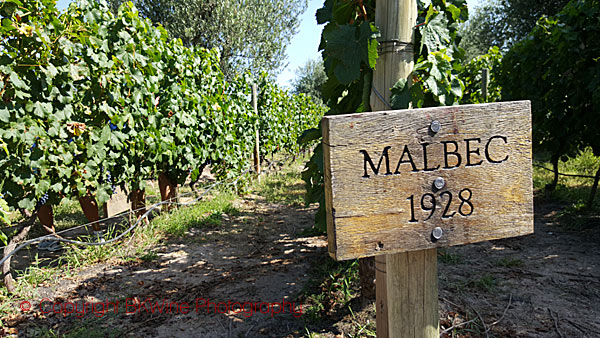
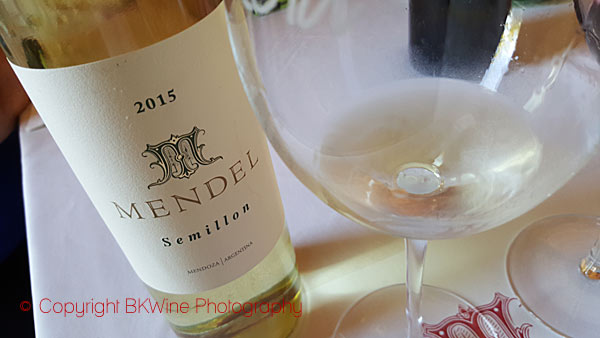
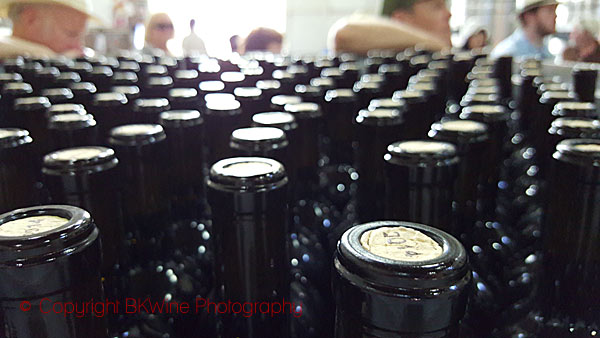
Domaine Bousquet, Tupungato, Uco Valley – Organic Farming
The third generation of the French winemaking Bousquet family first came to Argentina in 1990 to investigate vineyard properties in Mendoza. It took a few years of research, but in 1997 the founding family members identified what they considered to be ideal property in cool-climate Tupungato, and they relocated to Argentina. Today, two members of the fourth generation Bousquet family are involved in operations – Anne (CEO) and Guillaume (European sales manager) – along with Anne’s husband, president Labid Ameri.
After a tutored tasting of six wines hosted by chief winemaker Emilio Abraham, our group adjourned to a spectacular six-course lunch at their Gaia Restaurant where a sparkling rosé and Pinot Noir were added to the mix! Do plan to dine at Domaine Bousquet.
The text continues below the images!
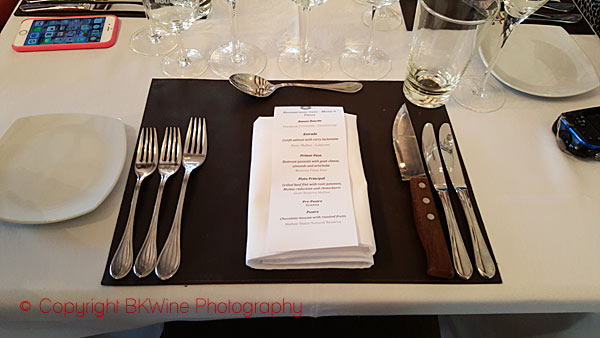
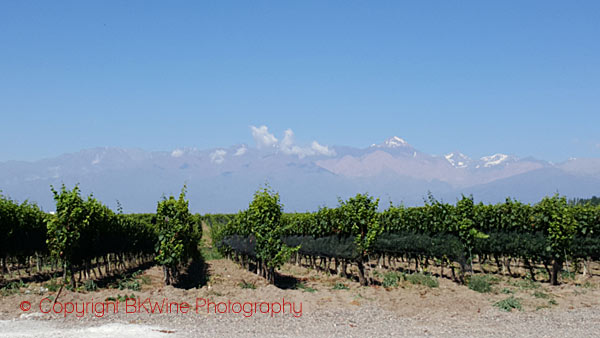
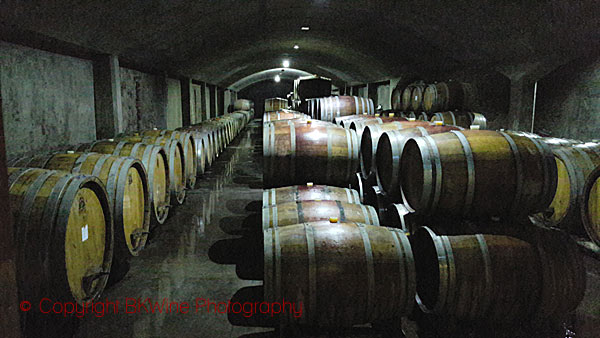
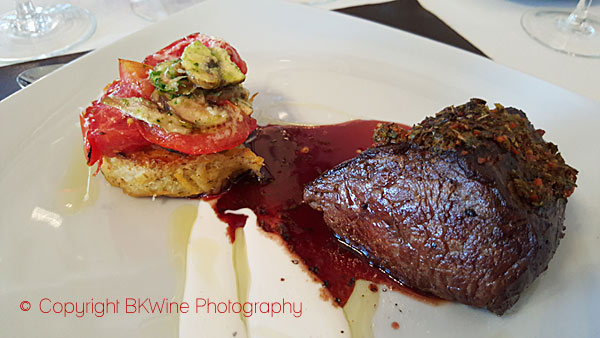
Finca Sophenia, Luján de Cuyo – Conventional Farming
Named for the youngest daughters of founder Roberto Luka and his business partner, Eugenia and Sophia respectively, Sophenia was founded in 1997. Luka’s extensive wine experience include managing the largest Argentine export company and serving as president of Wines of Argentina.
Situated at 4,000 feet (1200 metres) in the foothills of the Andes, in the sub-district called Tupungato, Sophenia is neighbor to the better-known large producer Salentein. The district is well known for growing apples, pears and plums as well as wine grapes. Sophenia makes three ranges of wine: Altosur (“high in the South”) which is the basic line, E.S. Vino (for the daughters) varietal wines, and two labels of “Synthesis,” one a varietal Malbec and the other a Malbec-predominant blend.
After a tasting of a 2013 varietal Synthesis and 2012 Synthesis blend, and a discussion of strong tannins and high alcohol, we were advised that all young red wines from Chile and Argentina need to be decanted.
The text continues below the images!
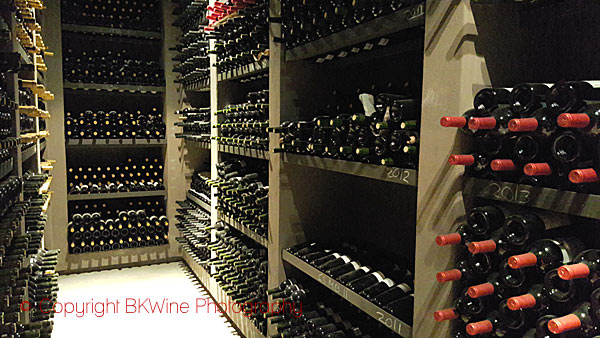
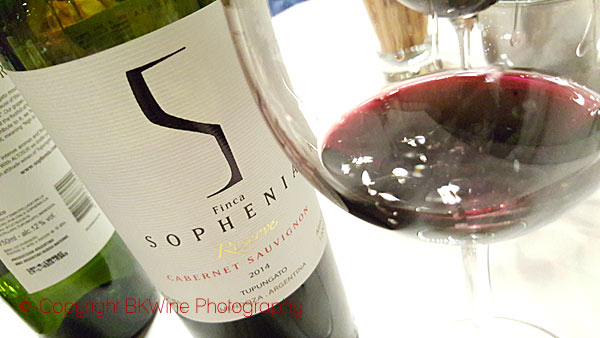
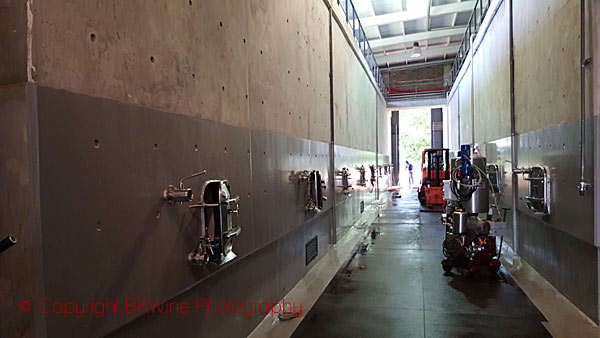
Bodegas Krontiras, Lujan de Cuyo – Biodynamic Farming
Also Demeter-certified biodynamic, Bodegas Krontiras was founded in 2004 by Greek businessman Constantinos Krontiras and his Argentinian wife Silvina Macipe. He hired Bordeaux-trained Panos Zouboulis as consulting winemaker. Maricruz Antolín, an agronomist, is in the process of taking over as the on-site winemaker. Although the winery is relatively new, some of the vines are 80-120 years old. Krontiras built a winery facility in 2008 in the shape of a half moon that is almost entirely underground – there are no 90° angles!
Offering a unique horseback riding experience to visitors, Krontiras is also experimenting with a new spiritual artistic presentation for guests. A one-woman “play” starring gods from mythology to explain biodynamics and how wines connect to one’s soul demonstrated the power of a blended wine to elude love, power and peace in measures equal to each person’s own needs. For both horseback riders and the performance audience, it was a magical (if unusual) treat!
Krontiras currently produces three lines of wine, Doña Silvina, Doña Silvina Reserva, and Solar del Alma Malbec. Our “breakfast wine” (at 9:00 am!) was a clean, fresh 2014 Malbec followed by a stunning 2009 Malbec.
The text continues below the images!
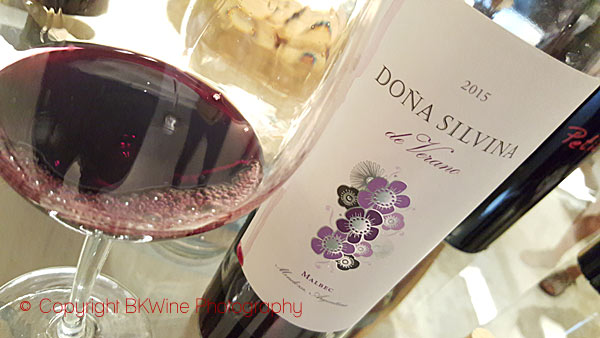
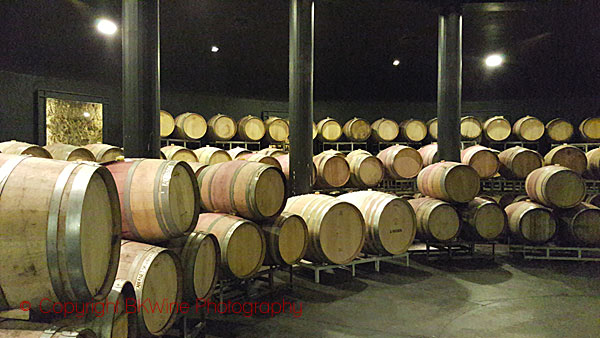
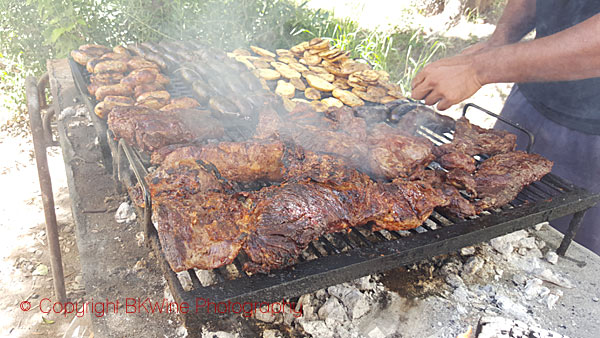
Altos Las Hormigas, Uco Valley –Biodynamic Farming
Back to the ants… That is the translation of “hormigas”. Ants. It turns out that ants love to feast on the roots of young vines. We heard more than once that vineyards must learn to live with them (if not love them). There is an expression “un trabajo de hormigas” or “a job for ants” – a metaphor for the humble, patient work it takes to build an ant colony or nurture a vineyard. It takes two to tango…at least in Argentina!
The text continues below the images!
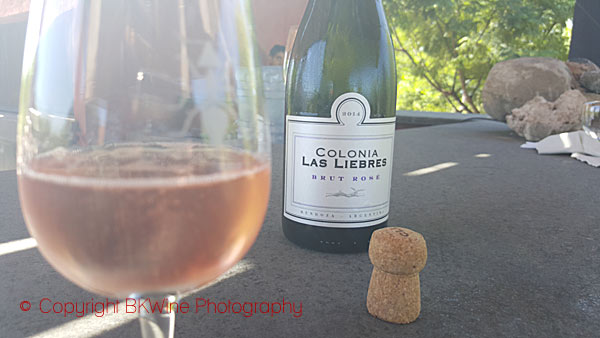
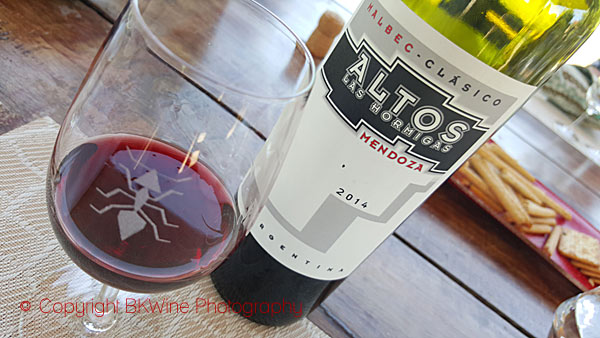
Born in Florence in Italy, Altos Las Hormigas founder and general manager Antonio Morescalchi started his career as a winemaker in 1988 at his father’s winery in Tuscany. He founded Altos Las Hormigas in 1995 with renowned winemaker Alberto Antonini. Reversing the Malbec trend and heading back to Southwestern France, Antonio has started a new project in Cahors, the grape’s spiritual home. During the last three years, the winery has converted vineyards (but not winemaking operations) to biodynamic. According to our host, himself a former winemaker at Altos Las Hormigas, “we just supervise in the winery.”
A special treat for our final winery visit: a sparkling Bonarda Brut Rosé 2014, and a 2014 “Colonia les Liebres” (hares) Bonarda, as well as a varietal Malbec sampler across classic, terroir and reserva ranges.
Written by: Kathy Merchant, Dip WSET, is a wine consultant, educator and writer based in Cincinnati Ohio. Kathy participated on the BKWine wine tour to Chile and Argentina. The story was originally published on her own site www.vinoventurescincinnati.com where you can read more of her writing. Many thanks for letting us share the text with our readers.
Read the first part on the trip through the vineyards and to the wineries in Chile here.
Read more on the wine tour program to Chile and Argentina here!

